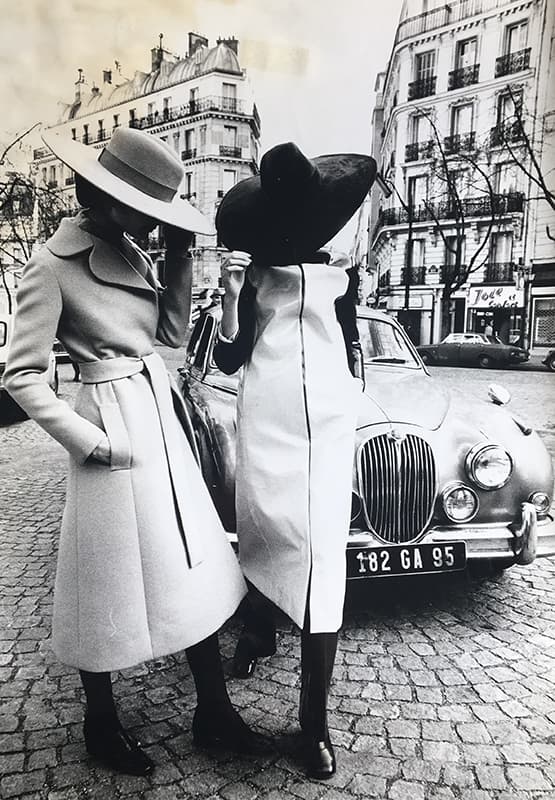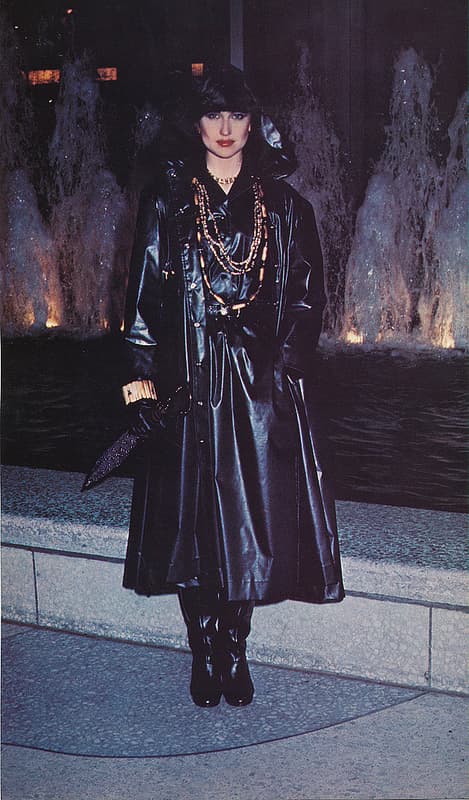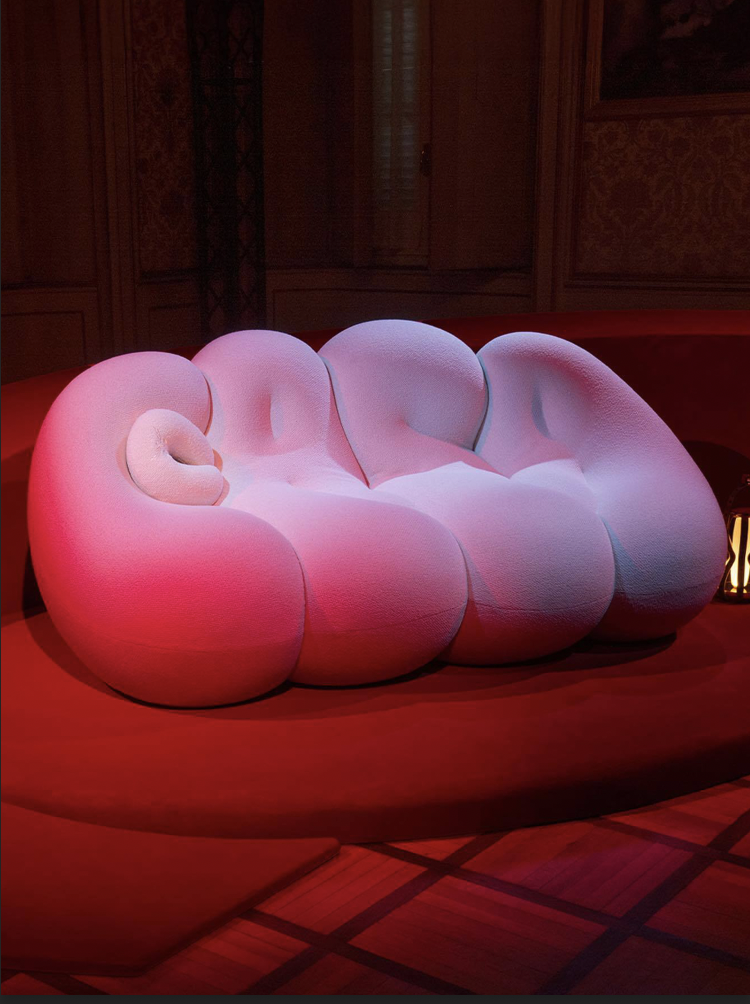Like many firsts, the moniker sets a precedence for eternity into the collective consciousness. With great thanks to the internet, we have an online archive of grave detail on many historical and cultural events. Yet, even with a database so vast that it can rely information from the beginnings of time, unknowingly, the firsts who, at their most notable, reached heights of great acclaim, today, become lost in the matrix of unnecessary (but largely necessary) bouts of data.
Jay Jaxon was an inductee in the hall of firsts by 1965 as not only the first black, but the first American couturier to stake claim over a house.
Born in Queens, 1941 Jaxon was a rookie designer introduced to the industry in his late teens by his former partner when he rejected an outfit that she’d picked out for a party. After cultivating a knack for tailoring and later design, Jaxon moved to Paris to work under the tutelage of master couturiers, Yves Saint Laurent and later Marc Bohan at Christian Dior. Jaxon’s notoriety and talent quickly picked up speed and, by the tender age of 24, he became creative director of Jean Louis Scherrer in 1665. By the age of 26 presented his very first collection at the house with a girl gang of all black models – much to his boards dismay. “My employers weren’t too keen with this idea, but I insisted,” Told Jaxon in 1970.
Though Jay Jaxon’s time at Jean Louis Scherrer was short lived, he moved back to New York to pursuit yet another dream, his semi- eponymous line, Axtion Jaxon. From Motown 25, to styling on Ally McBeale and Mr & Mrs Smith, Jay ‘Jason’ Jaxon’s signature high low flair was seen throughout fashion, film and television.

Fashion scholar and curator, Rachel Fenderson constructed an exhibit in homage of the forgotten ‘first’ to commemorate his legacy, now at the Fashion Institute of Technology. “Jaxon’s contribution to the industry as a creator is significant to Black History, Fashion History, American History, and French History,” Fenderson writes.
“From his American fashion industry experience to his Parisian apprenticeships, Jaxon’s creative process reflected the two worlds he attempted to merge: fashion as an aesthetic pleasure and fashion as functional,” says Jaxon scholar, Darnell-Jamal Libby, adding, “Jaxon has a legacy that needs more exploration and celebration, and he deserves to be canonized in the history of fashion.”
The exhibition will run until September 2019.


